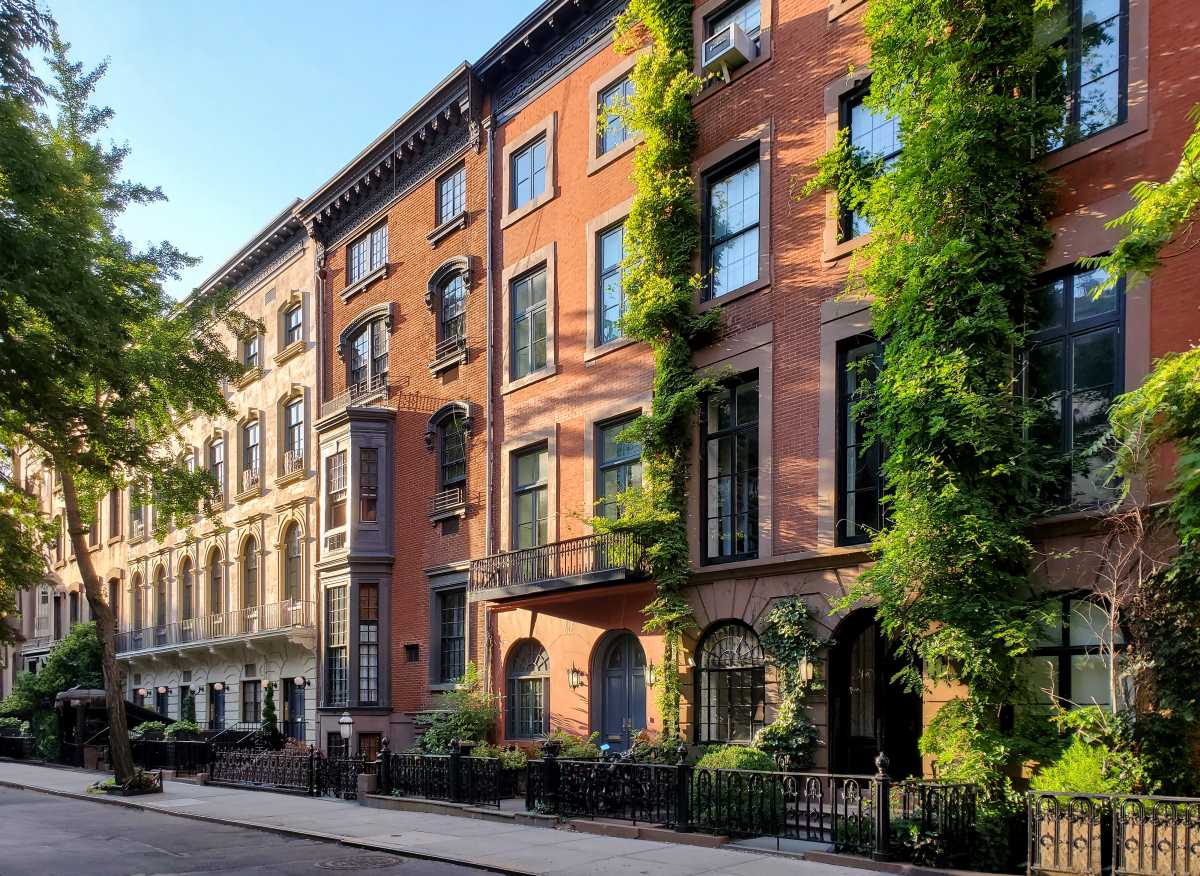Melissa Waters’ jacket wouldn’t close.
It’s a not-particularly-heavy black pea coat, and not being able to fasten it became a concern for Waters, 27, who is homeless and sleeps on the street.
She avoids shelters because she has found them to be unsafe, opting to huddle with her husband under blankets outdoors or in train stations. The open jacket did little to keep her warm.
Yesterday, however, a passerby went into Old Navy and bought her a new coat, blue and puffy with a good zipper.
Waters says that “the people of New York” have been good to her, with their donations of spare change and bits of food. Recently she’d been given a pair of Nike sneakers, she said, and had been able to keep her feet warm.
In Waters’ view, the authorities aren’t doing much to help her, but everyday New Yorkers do what they can. Which is a picture of the New York City homeless crisis mirrored by a Quinnipiac poll, released this week, on local perceptions of Mayor Bill de Blasio and quality of life in his city — a poll that has some warnings for the mayor on dealing with New York’s intractable problem.
There’s good news and bad news for de Blasio
The good news for the mayor, halfway through his first term in office, is that his approval rating is up: 50 percent of New Yorkers think he’s doing a good job, according to the most recent poll.
In October, his approval rating was at 45 percent, and more respondents thought he’d lose reelection than win. Now, it’s the other way around: Head to head with other potential contenders for the mayoralty such as Comptroller Scott Stringer and Bronx Borough President Ruben Diaz Jr., de Blasio wins handily.
After a surge in mayoral activity, with de Blasio appearing to be everywhere at once and tackling issue after issue through the holiday season, the uptick in numbers makes sense. It probably doesn’t hurt that the feud between de Blasio and Gov. Andrew Cuomo has decreased in intensity.
But most of de Blasio’s recent action has been on homelessness, and many New Yorkers still find it lacking. Fifty-five percent disapprove of his work fighting homelessness while only 36 percent approve.
According to the poll, 93 percent of New Yorkers see homelessness as a very serious or somewhat serious problem, and are vastly sympathetic of a homeless person’s plight. 71 percent see it as a problem outside the individual homeless person’s control.
These numbers seem to indicate the Big Apple’s big heart, a feel-good story. But the poll also included a number of questions drilling down into how to deal with homelessness.
Should homeless people be forced into shelter in dangerously cold weather? Seventy-three percent of respondents say yes. Should the homeless be required to work in exchange for shelter? Sixty percent agree.
Homeless people like Waters might not be so enamored of regular-Joe generosity if they knew it was often tinged with judgement.
Divided, but moving in the right direction
Waters and other homeless individuals surveyed in recent months by amExpress, feel that the much-discussed homeless initiatives of the mayor and governor miss the point — “more for politician reasons than compassion,” Waters says.
It’s not hard to see how she might come to that conclusion, given the mayor’s trumpeted outreach program, which is largely an expansion of what was in place and the governor’s executive action urging homeless individuals into shelter on cold nights, a practice the city already pursued to its legal limits. Waters and others stress that the shelters should be cleaner and safer first and foremost. There should be more temporary housing at the end of the road.
These are ultimate goals for the administration, though unlike other initiatives, they can’t be accomplished overnight. Like everyday perceptions of homelessness, they demonstrate the difficulty of the problem — easy to sympathize with the issue, hard to fix.
In the meantime, Waters says she’ll be waiting.
“Nothing’s changed,” she says, “besides the weather.”
This is amExpress, the conversation starter for New Yorkers.


























